For those yearning to escape the rat race and delve headlong into nature, this summer there’s a new route to consider. A brand new course through the pristine takayna/Tarkine in Tasmania’s north west.
The hike in question beats a swathe through Tasmania’s takayna/Tarkine region during a six-day thrill ride through an unspoilt and primal remnant of Earth, largely unchanged for Eons. It’s an updated variation of a trek that’s been run by Tasmanian Expeditions since 2015.
Hikers will delve into a 450,000 hectare region of ancient temperate rainforest that traces an unbroken lineage all the way back to when Tasmania was part of the Gondwana supercontinent, more than 100-million years distant. If the opportunity to hang-out within a section of Earth with a clear unbroken connection to the distant past hasn’t blown your mind, there may be other aspects that may set off some mental fireworks. Stone carvings dated to more than 6000-years old are dotted throughout the route; a slowly meandering cruise up the truly wild Arthur River, bordered on all sides by enormous old-growth sentries comprising: myrtle, sassafras, celery-top pine, laurels, blackwoods and giant tree ferns, is part of proceedings.
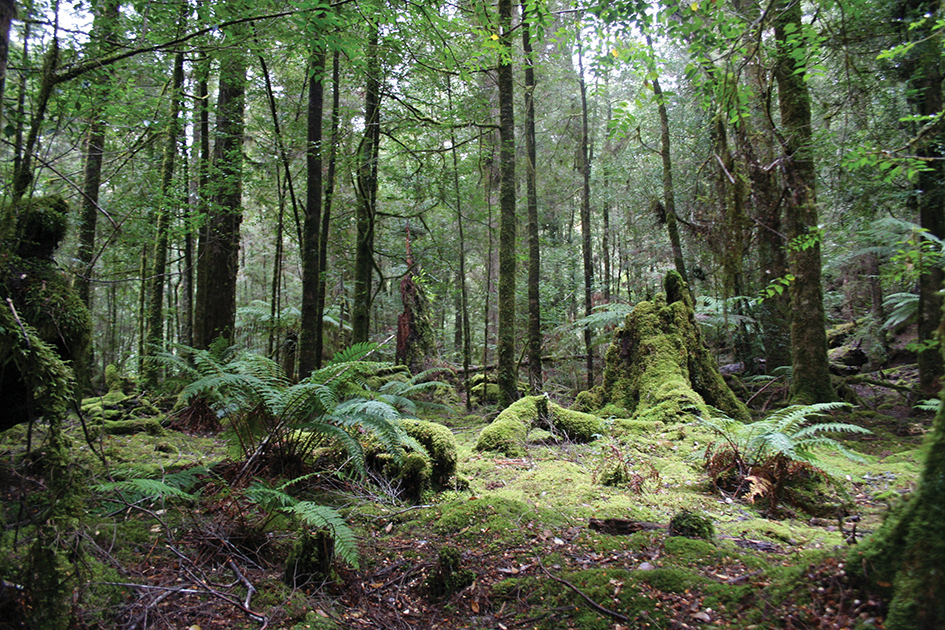


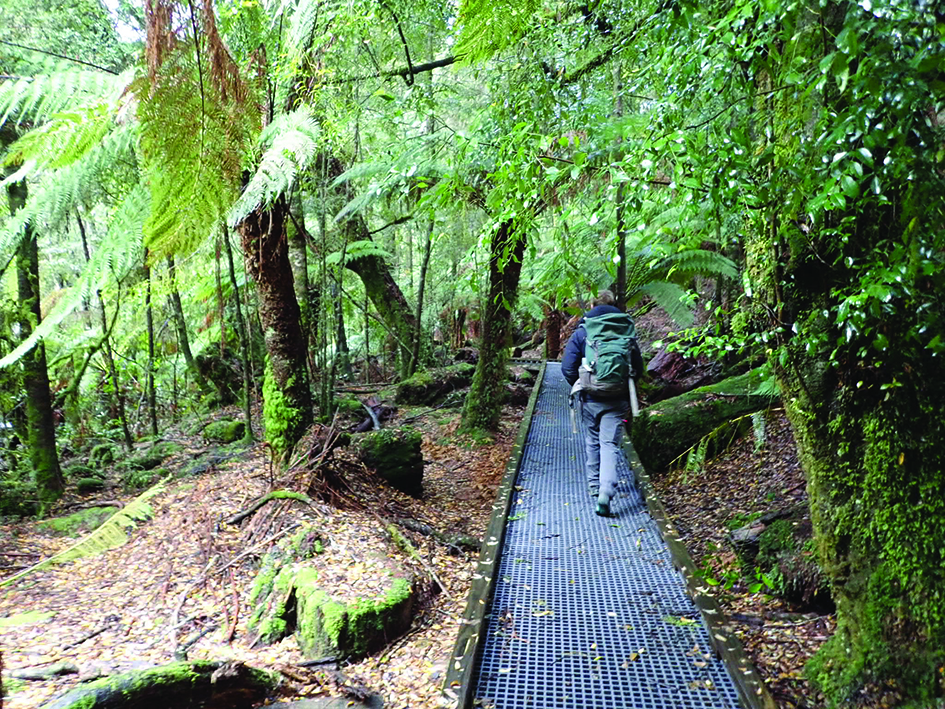
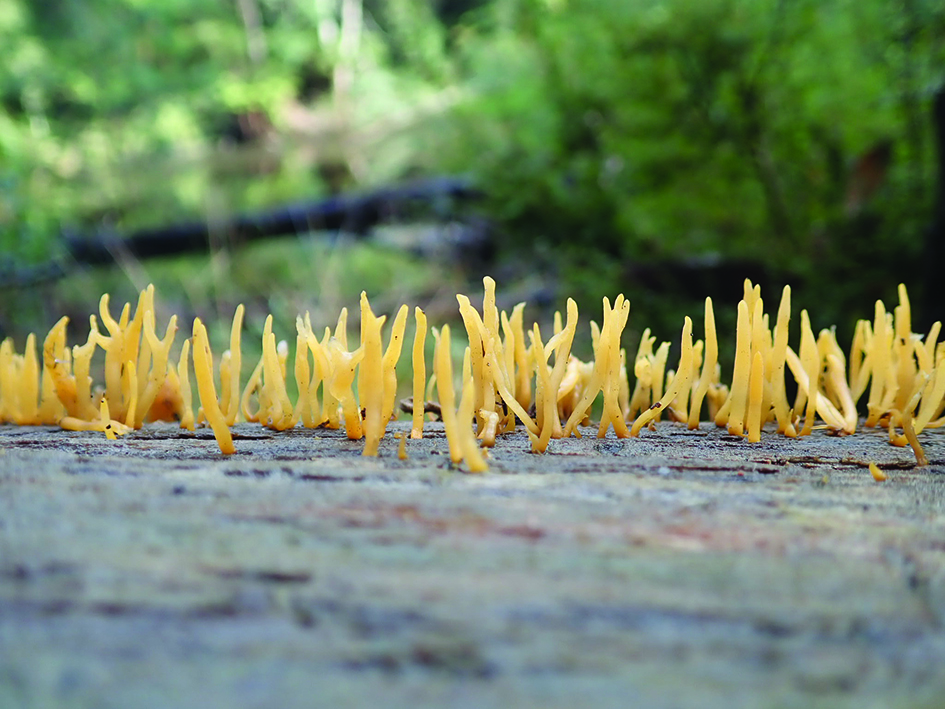
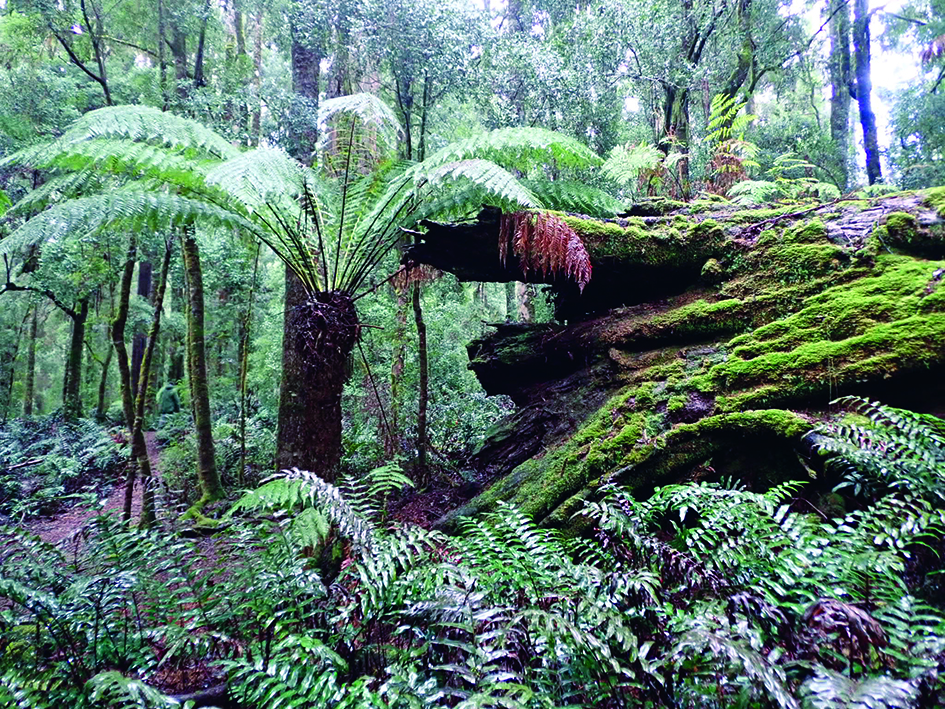
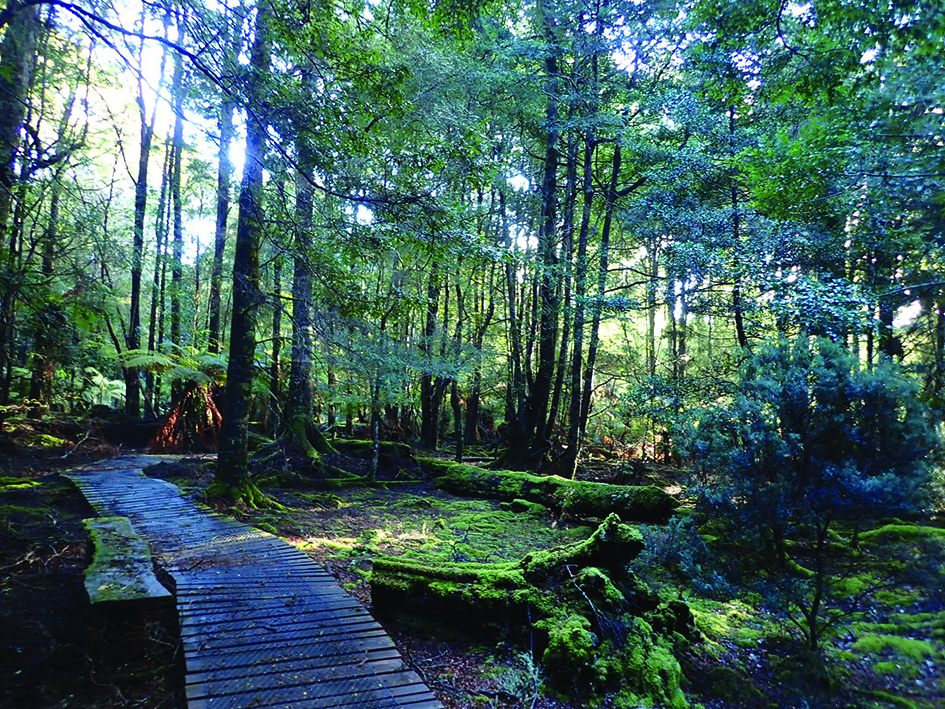
“It’s vitally important to entice people out to these sorts of areas, to help them understand that although the takayna/ Tarkine is indeed a remote and pristine region, that it’s not somehow inhospitable or overtly dangerous because of this,” Holly-Mae Bedford, Operations Manager of Tasmanian Expeditions, told Outdoor recently.
“In fact there’s a lot of incorrect perceptions about how people can, or should, interact or learn about these particular parts of the planet. Being referred to as a ‘precious’ environment doesn’t necessarily mean things are off limits. There are certainly ways to gain first hand experiences within these regions; to have the opportunity to learn why they are thought to be unique and special or referred to as 'precious'.
“The best way to understand why places like the takayna/Tarkine are world-renowned is to go there and see for yourself.
“It’s really important to get people out into these areas so they have an opportunity to make up their own minds.”
Groups are necessarily limited in number so it’s best to plan your adventure well ahead of time.
“No two trips are the same; as well as being diverse in terms of terrain and geography, the endless variations of nature become evident as soon as the first step of the adventure is taken,” Holly-Mae continued. “There are at least 60 rare or endangered species that inhabit the area. The place is home to the orange bellied and swift parrots, the world’s rarest and fastest. Anything could happen.”
The six days encompass parts of Tasmania rarely sighted, from coastal promontories through to deep river valleys and verdant old growth rainforest.
The Tarkine is the largest wild natural region in north west Tasmania and is a vital haven for flora and wildlife. It’s home to the Tasmanian Devil, Platypus, Echidna, Wombat, Bandicoot, Possum, Glider, Southern Bell frog, Spotted-tailed Quoll, Eastern Quoll, Tayatea (Giant Freshwater Lobster) and many more species. The lichens and fungi are uniquely different and exceptional. The Myrtle, Leatherwood, Eucalyptus and Pine Trees will dwarf you as you explore the rainforest.
The Tarkine is not a protected area, in fact the impact humans have wrought upon its forests due to mining, logging and other manner of deforestation practice has threatened its flora and fauna, limited visitor opportunity to explore the wilderness and damaged its fragile environment with pollution contamination.
Ten facts about the takayna/ Tarkine rainforest
1. The Tarkine is the second largest temperate rainforest in the world and the largest temperate rainforest in Australia, with over 400,000 hectares of virgin wilderness.
2.There are three plants that are a direct link with South America’s Patagonia, New Guinea and New Zealand, with which Tasmania was connected to as part of the supercontinent Gondwanaland.
3. Over 2,000 hectares is covered by wet eucalypt forest areas, where trees grow to be taller than 41 metres high! These areas are said to be “large enough to be self-sustaining and support ongoing evolutionary processes”.
4. The Tarkine is home to more than 60 species of rare, threatened and endangered species.
5. The world’s largest extant carnivorous marsupial, the Tasmanian Devil, lives in the Tarkine rainforest.
6. The Tarkine is home to the world’s largest freshwater crayfish, Astacopsis gouldi, also known as the Giant Freshwater Lobster.
7. There are almost no introduced predators.
8. The world’s only known insect fossils were found in the Tarkine rainforest, found in sediments of glacial origin.
9. Fossils between 100-700 million years old, algal stromatolite fossils, were found around the Arthur and Julius Rivers and are Tasmania’s oldest known fossils.
10. The Tarkine is a mix of rainforest, wet and dry eucalypt forest, mixed forest, riverine, heathland, moorland and coastal ecosystems.





